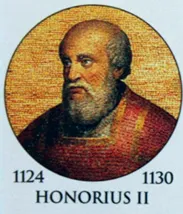
eBook - ePub
The Popes
A Brief Synopsis (from Peter to Francis)
Uriel R. Limjoco
This is a test
Compartir libro
- 160 páginas
- English
- ePUB (apto para móviles)
- Disponible en iOS y Android
eBook - ePub
The Popes
A Brief Synopsis (from Peter to Francis)
Uriel R. Limjoco
Detalles del libro
Vista previa del libro
Índice
Citas
Información del libro
This brief synopsis aims to summarize the influence of the highest leadership on the growth and development of the Catholic Church and to encourage the reader to study the lives of the popes in a more detailed manner. Christ entrusted the chair of St. Peter to mortals, and as mortals, they are subject to the same temptations that surround us all. Some of them resisted temptation better than others. Some succumbed to temptations worse than others. May God bless the papacy, the Church, and the whole world.
Preguntas frecuentes
¿Cómo cancelo mi suscripción?
¿Cómo descargo los libros?
Por el momento, todos nuestros libros ePub adaptables a dispositivos móviles se pueden descargar a través de la aplicación. La mayor parte de nuestros PDF también se puede descargar y ya estamos trabajando para que el resto también sea descargable. Obtén más información aquí.
¿En qué se diferencian los planes de precios?
Ambos planes te permiten acceder por completo a la biblioteca y a todas las funciones de Perlego. Las únicas diferencias son el precio y el período de suscripción: con el plan anual ahorrarás en torno a un 30 % en comparación con 12 meses de un plan mensual.
¿Qué es Perlego?
Somos un servicio de suscripción de libros de texto en línea que te permite acceder a toda una biblioteca en línea por menos de lo que cuesta un libro al mes. Con más de un millón de libros sobre más de 1000 categorías, ¡tenemos todo lo que necesitas! Obtén más información aquí.
¿Perlego ofrece la función de texto a voz?
Busca el símbolo de lectura en voz alta en tu próximo libro para ver si puedes escucharlo. La herramienta de lectura en voz alta lee el texto en voz alta por ti, resaltando el texto a medida que se lee. Puedes pausarla, acelerarla y ralentizarla. Obtén más información aquí.
¿Es The Popes un PDF/ePUB en línea?
Sí, puedes acceder a The Popes de Uriel R. Limjoco en formato PDF o ePUB, así como a otros libros populares de Theology & Religion y Christian Denominations. Tenemos más de un millón de libros disponibles en nuestro catálogo para que explores.
Información
Categoría
Theology & ReligionCategoría
Christian DenominationsEnd of Saeculum Obscurum
Popes of the Investiture Controversy
Pope Alexander II (1061–1073)
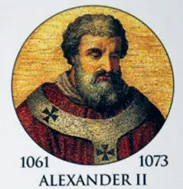
Pope St. Gregory VII (1073–1085)
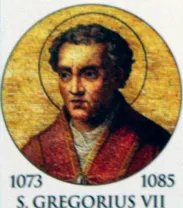
Pope Victor III (1086–1087)
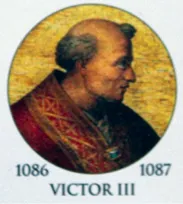
Pope Urban II (1088–1099)
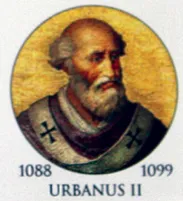
Pope Paschal II (1099–1118)

Pope Gelasius II (1118–1119)
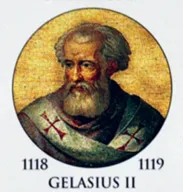
Pope Callixtus II (1119–1124)
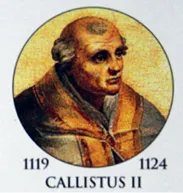
Pope Honorius II (1124–1130)
